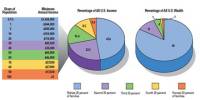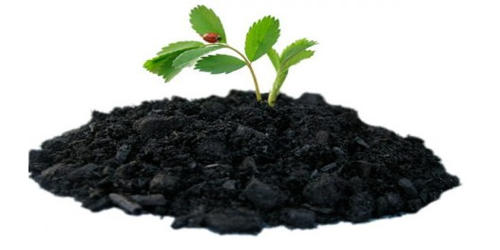Natural resource economics is concerned with the supply, demand, and allocation of natural resources on Earth. It focuses on the supply, demand, and allocation of natural resources on Earth. One of the primary goals of natural resource economics is to better understand the role of natural resources in the economy so that more sustainable methods of managing those resources can be developed to ensure their availability for future generations. To some extent, every man-made product in an economy is made up of natural resources.
Resource economists study the interactions between economic and natural systems in order to create a more sustainable and efficient economy. Natural resources are classified according to their stage of development as potential, actual, reserve, or stock resources. The use of natural resources is regulated through the use of taxes and permits. The government and individual states decide how resources should be used and keep track of their availability and status.
Natural resource economics seeks to create an efficient economy that is long-term sustainable. Natural resource allocation is a constant source of contention around the world. The discussions are centered on the issues of increased scarcity (resource depletion) and the exportation of natural resources as a foundation for many economies (especially developed nations). The vast majority of natural resources are finite, which means they are available in limited quantities and can be depleted if not managed properly. Natural resource economics studies resources in order to prevent depletion.
The division of goods for the use of production within the economy is known as resource allocation. What is produced is influenced by societal and industrial needs and desires. Suppliers concentrate on producing the widest range of goods and services that will satisfy consumers the most. Externalities have a direct impact on resource allocation in the long run. It must be determined whether production, as well as the manufacturing process, generates more benefits than costs for producers, consumers, and society as a whole.
The use of natural resources is regulated through the use of taxes and permits. The government and individual states decide how resources should be used and keep track of their availability and status. The Clean Air Act is an example of natural resource protection. The act was enacted in 1963 to combat national air pollution. Regulations were put in place to protect the public from potentially harmful airborne contaminants.















